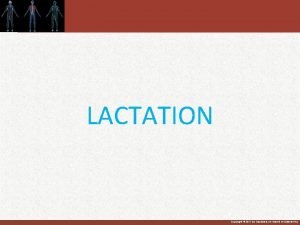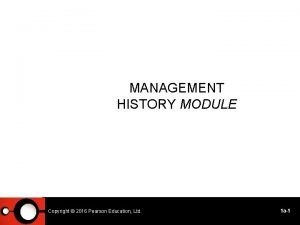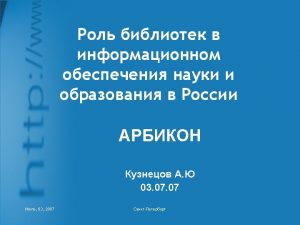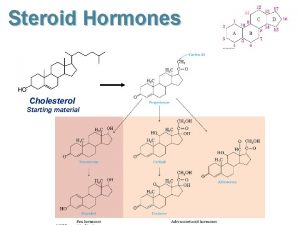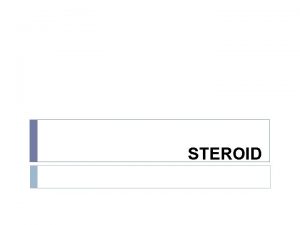Chapter 36 Steroid Hydroxylases Copyright 2016 Elsevier Inc




- Slides: 4

Chapter 36 Steroid Hydroxylases Copyright © 2016 Elsevier Inc. All rights reserved.

Figure 36. 1: Human steroidogenic pathway. Steroid hormones are produced through several enzymatic reactions, catalyzed by cytochrome P 450 (CYP) and hydroxysteroid dehydrogenase (HSD) enzymes, from the common precursor cholesterol. Nomenclature of the steroidogenic reactions is derived from the number of the affected carbon atom. Depending on the activity of the steroidogenic enzymes different subclasses of steroid hormones can be produced, that have specific nuclear receptor-binding capabilities. Copyright © 2016 Elsevier Inc. All rights reserved.

Figure 36. 2: Electron transfer for cytochrome P 450 (CYP)-mediated enzymatic activity. (A) Mitochondrial CYP enzymes (CYP 11 A 1, CYP 11 B 1/2) utilize ferredoxin and ferredoxin reductase to transfer electrons from nicotinamide adenine dinucleotide phosphate (NADPH) in order to catalyze the hydroxylation of the steroid substrate. (B) CYP enzymes localized in the endoplasmic reticulum (CYP 17 A 1, CYP 21 A 2, CYP 19 A 1) employ the coenzyme P 450 oxidoreductase (POR) for electron transfer, whereas cytochrome b 5 (Cyb 5) also confers a specific, but essential allosteric function for the 17, 20 -lyase activity of CYP 17 A 1. . Copyright © 2016 Elsevier Inc. All rights reserved.

Figure 36. 3: The adrenal cortex as part of the RAAS and the HPA axis. The production of aldosterone in the zona glomerulosa is controlled by renin and angiotensin II. Aldosterone stimulates a. o. sodium reabsorption in the kidney, leading to an increase in blood pressure. Adrenocortical production of cortisol and adrenal androgens in the zonae fasciculata and reticularis is controlled by pituitary adrenocorticotropic hormone (ACTH), which in turn is stimulated by hypothalamic corticotropin-releasing hormone (CRH) secretion. Besides the widespread effects of cortisol, the glucocorticoid also exerts negative feedback on the production of CRH and ACTH. Copyright © 2016 Elsevier Inc. All rights reserved.
